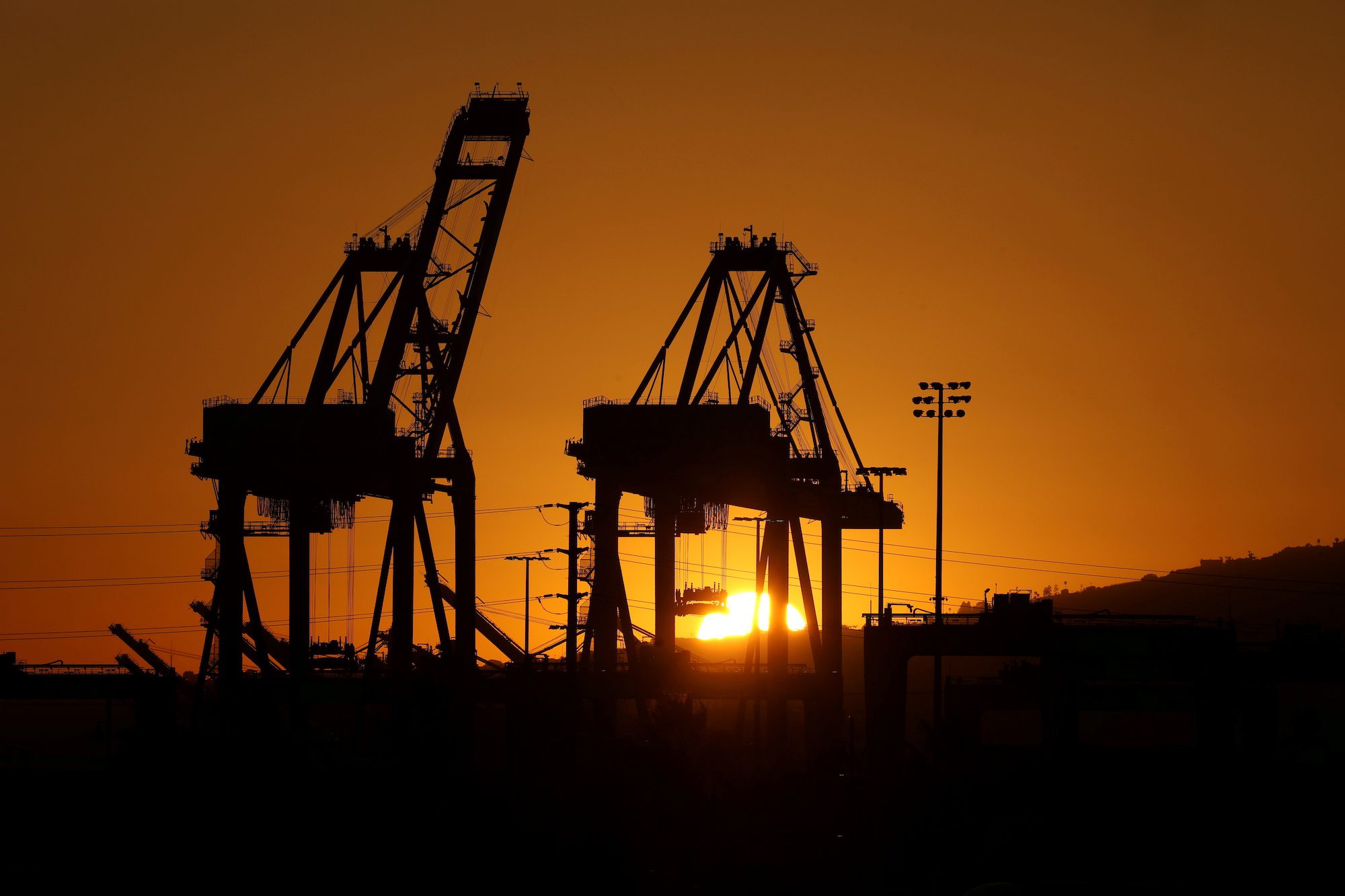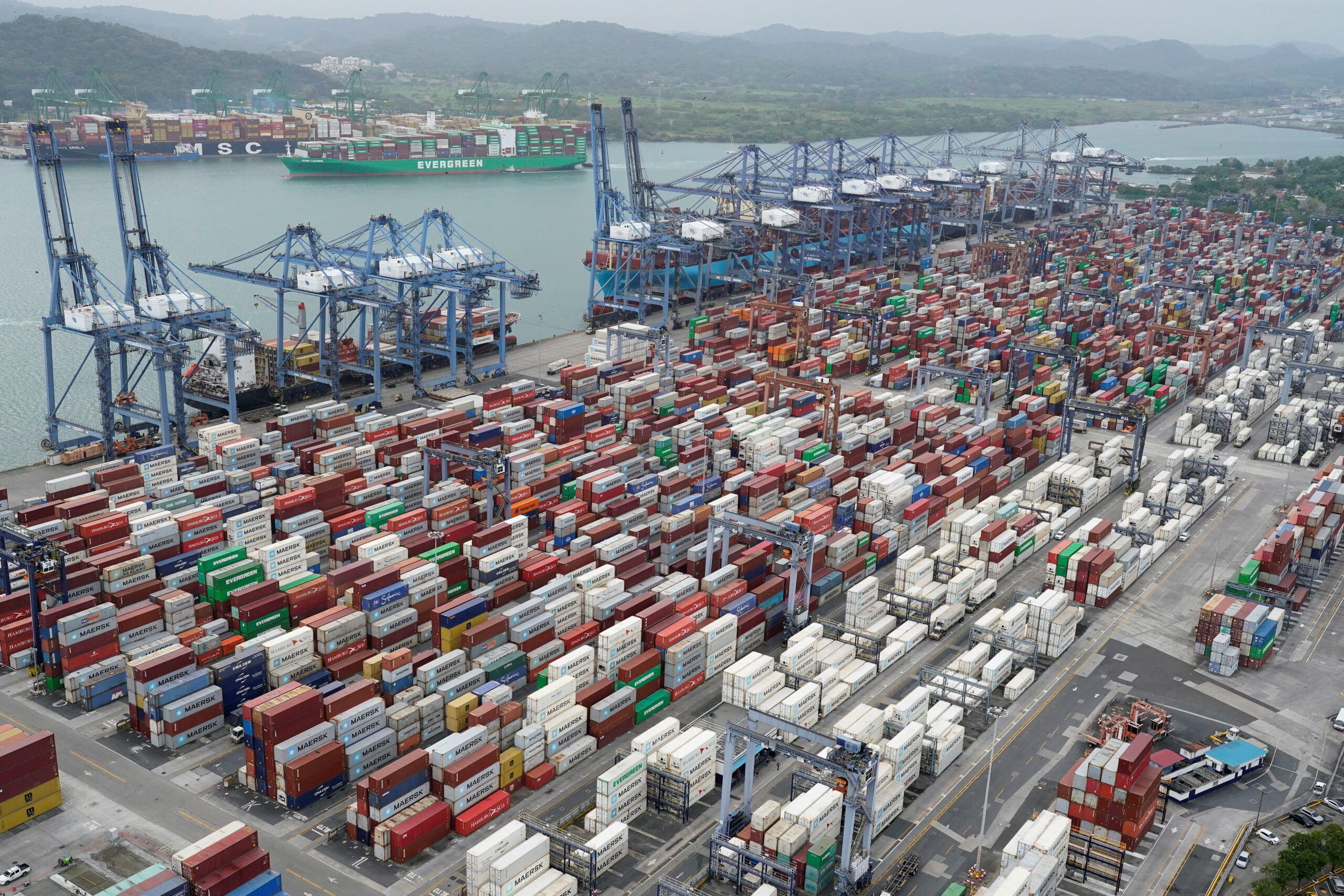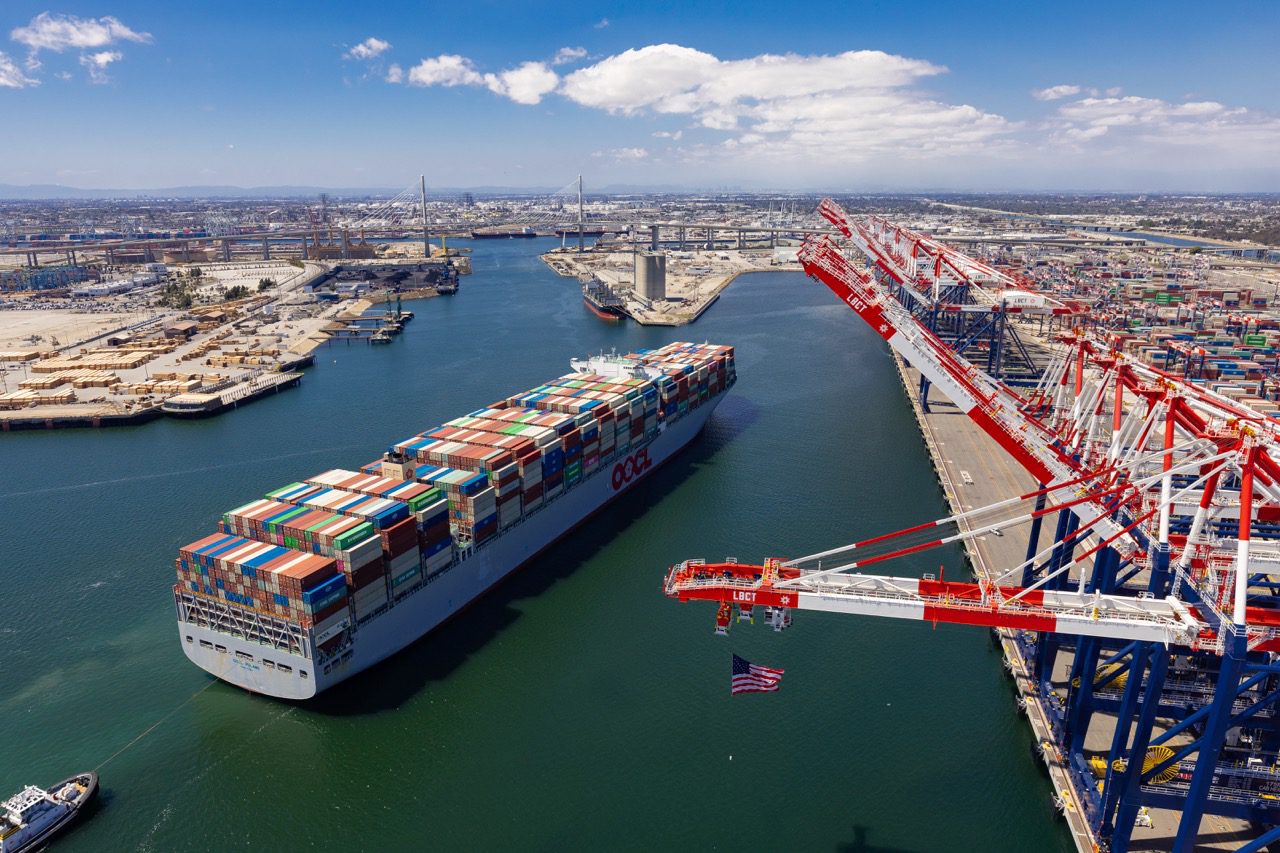By Sarah McGregor and Matthew Winkler (Bloomberg) —
The chief of the busiest US West Coast port expects a new labor contract for dockworkers in the region to be reached by early February, removing uncertainty for importers and ramping up a campaign to lure back cargo lost to East and Gulf Coast.
“We’ll get through it in the early part of 2023,” either in January or definitely by early February, Port of Los Angeles Executive Director Gene Seroka said in an interview Monday, referring to a new deal for West Coast maritime employees. “And then it’s a matter of how much cargo shifts back because folks had that supply chain working and oiled the right way, and how much we’ve really got to go rustle back.”
Cargo volumes at the port that has traditionally been the busiest in the US dropped 25% in October from a year earlier and reached the lowest level since mid-2020 as demand for big-ticket appliances eased and retailers sought alternatives to avoid possible disruptions from the labor talks for a new contract for about 22,000 longshoremen, now in their sixth month.
Members of the International Longshore and Warehouse Union have been working without a contract since their previous pact expired July 1.
The LA port chief said about 20% of cargo volume has shifted to other US hubs as companies sought to avoid a repeat of pandemic-era supply-chain logjams and delivery delays should the labor talks result in strikes or lockouts, as has happened in prior negotiations.
Despite the slowdown, 2022 looks set to be the second-busiest year in the port’s 115-year history, Seroka said.
To lure the lost business back west, “we’re going to have to be a little aggressive — maybe it’s on price, maybe it’s on marketing, maybe it’s on getting commitment so others can follow bigger, more established companies. But we’ve got a challenge ahead of us to say the least,” Seroka said.
He added that he “would not be surprised” if 5 percentage points of the 20% that’s moved doesn’t return to the west.
“It’s not good, we’ve got to get this right — one in nine jobs in Southern California, one in 50 nationwide rely on this port,” he said, adding that this equates to about 1 million positions in the south of the state. “Everybody’s got a real strength here, including the people that make the decisions on how the cargo moves, to earn that back,” he said.
© 2022 Bloomberg L.P.

 Join The Club
Join The Club











